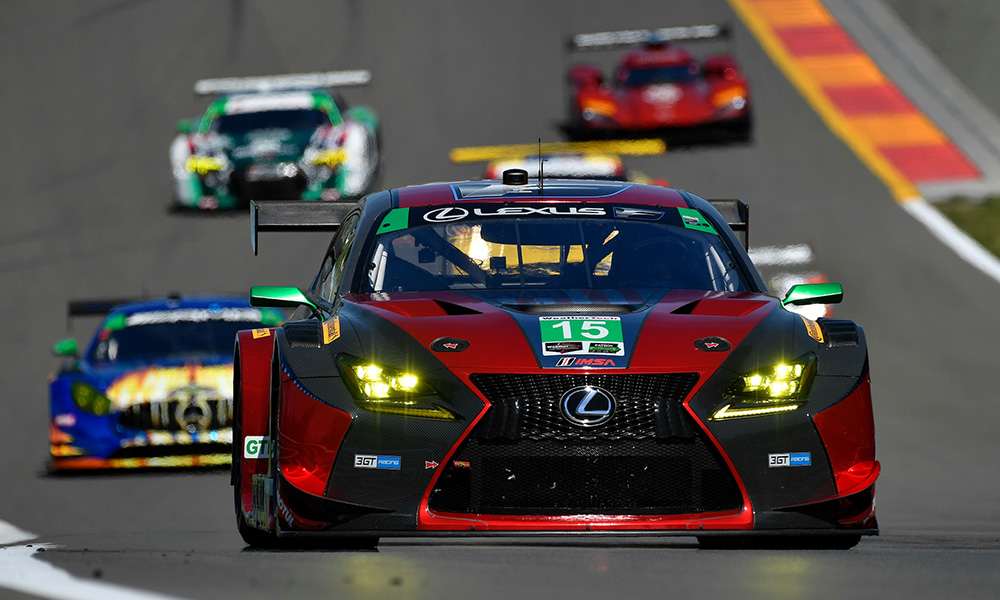
Photo: Rick Dole/IMSA
At every IMSA race, there are two official meetings for competitors.
First, the team managers meeting that takes place prior to the start of on-track action. This gathering of managers and engineers covers the information that we need to operate our weekend.
We hear about safety locations, pre-grid procedures, notes about how to enter pit lane and what counts as being committed to pit lane. It’s full of valuable information, but not exactly exciting.
The second meeting is the drivers’ meeting. It occurs just before the race, and includes the team managers, as well as the drivers.
When you add 120 IMSA drivers to anything it gets much livelier.
This meeting is more focused on the operation of the race with restart zones, blend lines, track limits, and yellow flag procedures, all covered in great detail.
This information is presented on large monitors at the front of the room.
At the end, we see the most important slide of the weekend. This is race director Beaux Barfield’s direction to the field about how to behave on track. There are two consistent reminders in this presentation.
“Race how you want to be raced”
“Coexist”
The beauty of IMSA racing is that there are three races on track at once, not only the race for the overall win, but also the race for the win in the GT classes.
At Watkins Glen last weekend, there was great discussion regarding the interaction between Prototypes and GT cars.
This topic seems to take more importance because the prototypes are blindingly fast here. The closing rate is phenomenal. If a GT car is exiting the bus stop and a prototype is at the exit of the esses, the prototype will be on the bumper of the GT by the heel of the boot.
If you are a prototype driver your sole focus is to move through the GT traffic as quickly as possible to assure that your lap times are not impacted by slower cars.
Similarly, for a GT car we are focused on minimizing the disruption from faster cars. The trouble starts when we both have different ideas about how to accomplish the same goal.
Patience is quickly tested, and we get interactions that can be undesirable.
Sometimes, the issue is clear. A GT cuts down on a prototype at the apex, or a prototype comes across the nose of a GT car and plants the brakes. Often, it’s subtle; a few feet make a big difference.
How you position your car communicates that you aren’t willing to be passed in a corner, checking up in just the right spot kills the run that the prototype might have in a marginal passing zone.
By the same token a prototype passing a GT car with inches to spare sends a message that blocking the next time around will have consequences.
This all goes on at speeds that equate to hundreds of feet per second.
The nature of our racing in IMSA won’t change. The close competition, the multi-class interaction, race lengths that cover more time than the average work day.
What might change is how we see each other, and how we live together, separately, on track.
We can’t expect to see GT cars tipping their cap and offering prototypes the inside of every corner. We don’t expect prototypes to wait patiently while two GT cars settle their differences over 11th place.
What we should expect is for every driver in the field to consider their actions, for them to put themselves in the other person’s helmet and race how they want to be raced.
To co-exist, since the alternative is far worse.



























